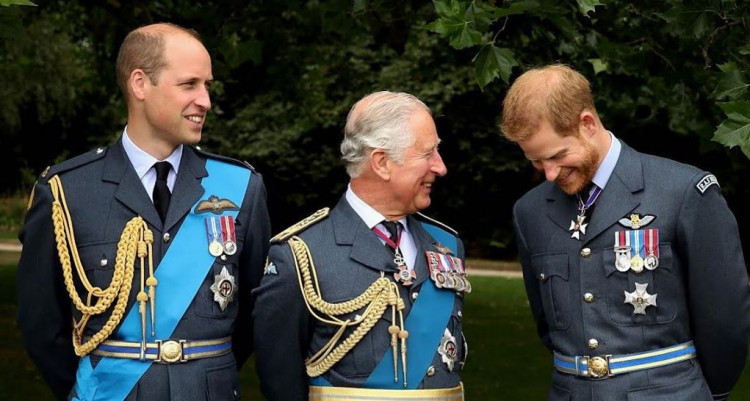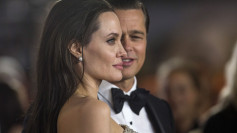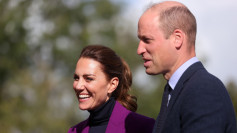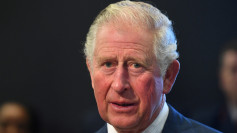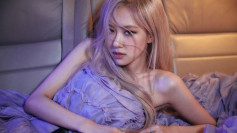Prince Charles apparently loved Camilla more than Diana, if the engagement rings he gave each of them are taken as a measure of his affections.
It was written of recently that there is a way to tell who meant more to Prince Charles---Camilla or Diana. And apparently, the rings that the heir to the Queen Elizabeth's throne each gave the two aforementioned ladies are indicative of that.
In the light of news that the Duchess of Sussex, Meghan Markle, made some rather big changes to her engagement ring after two years now following the time her engagement news came out, it was revealed how Charles, the Prince of Wales, came up with his own choices for the two women who figured in his married life.
He had not really put much significance in the ring he was supposed to have bought for the late Princess Diana, as reports contend. That was apparently because he had her pick it out from a catalog.
In contrast, Camilla Parker Bowles' ring was a family heirloom and had been his grandmother's, the Queen Mother's, ring when she was still living. It is widely known that the prince had been very close to his grandmother growing up, which offers the supposition the ring in question had meant a great deal to him.
Diana's ring, which had been a source for controversy at the time of her engagement to the Prince, was from a collection made by the crown jeweler, Garrard. The ring had been crafted after a brooch which was made in 1840 by the same jeweler for Prince Albert.
The said piece of jewelry was his gift to Queen Victoria on the occasion of their wedding. The brooch has since been a favorite and has been worn now and again by her daughter, Queen Elizabeth.
However significant the inspiration for it, the late Princess had picked her ring out from the catalog which the Prince was said to have given her so she could make her choice. The manner by which the symbol had been proffered to Diana is something that some quarters believe was a lack of sentiment on the part of the would-be husband, perhaps pointing to his lesser regard for then Lady Spencer, in comparison to the former Parker Bowles.
A former dean, Tamara Walsh, contends that having Diana pick out her engagement ring from a mere catalog does not really tell the world of Charles' great love for his future wife. She pointed out the royal must have been "sufficiently disinterested" in the lady, saying with what seemed like sarcasm that he was "so romantic" for having done it that way.
As for having selected his grandmother's ring for Camilla, Walsh reasoned that she had no way of knowing how much that piece had meant to the Prince, enough to say that it had been given with love and affection that would reveal that indeed his regard for Lady Diana had been less.
She went on to say that he appeared to have been a "cold fish" who put more stock in his own priorities and that the heirloom ring may have just been something "available" at the time.
By point of fact, Queen Victoria had still been alive when Prince Charles wed Diana, but had already passed away during the time of his second marriage to Camilla. There were some who had tried to place sentiment in the fact that Charles, close to his grandmother as he was, had given the ring to his would-be second wife out of more regard for her than he had for Diana.
There is no way of knowing whether this was true, that Charles favored Camilla more by his choice of rings alone.
However, Diana's 12-carat Ceylon sapphire ring with a cluster of 14 diamonds around, in white 18-karat gold, cost Prince Charles $37,000 which is now said to be worth over $500,000. It is now worn by Kate Middleton, after Diana's son, Prince William, offered it to her when he proposed marriage.
But it is not its present worth that earned the ring its reputation. It was the fact that some people at the royal palace had been none too happy then about the fact that it had come from a catalog, something unheard of in a ring for anyone in the royal family, least of all for someone who would be marrying the future king of England.
Royals make it a point to have something unique and special for such occasions, preferably one which is not too readily available to common people.
